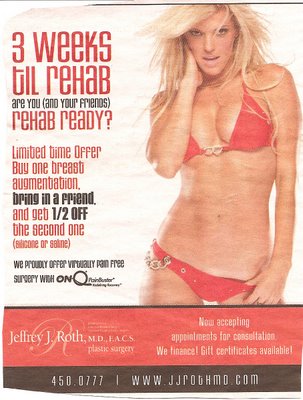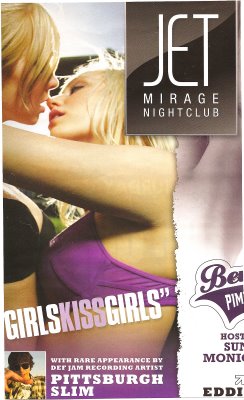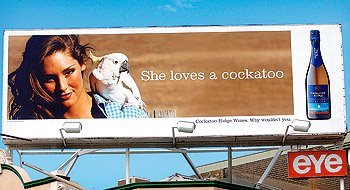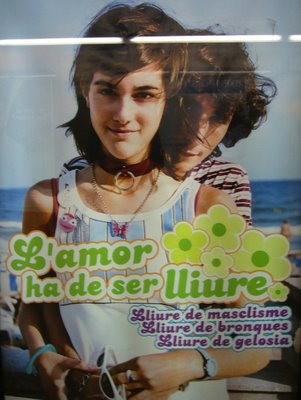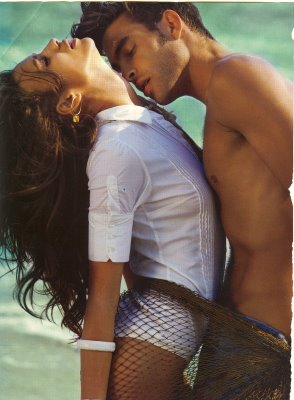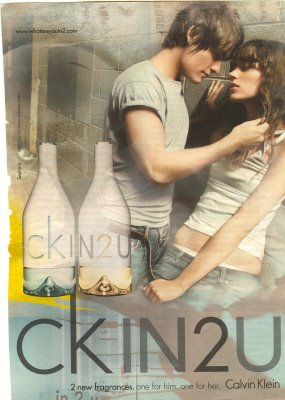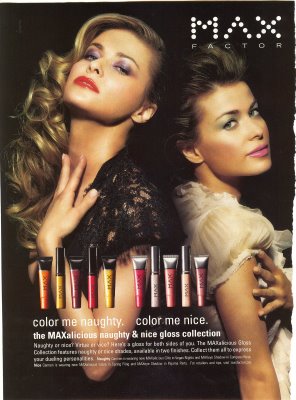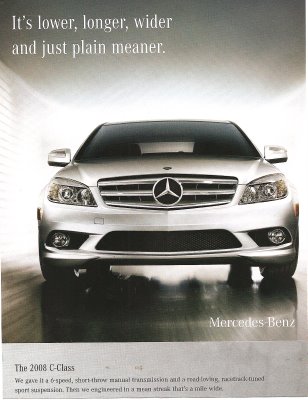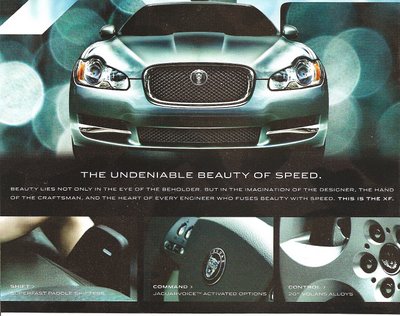One of my favorite things to do in class is to show students that advertisers target their images to the audience. Students are often resistant to the idea that advertisers consider every aspect of an image, or that gendered or racialized elements are used intentionally. Showing ads for the same product that are targeted at very different audiences can be a way to get students to think about the fact that marketing is very deliberate and nothing in a multi-million-dollar ad is left to chance.
I previously posted this Cadillac ad:
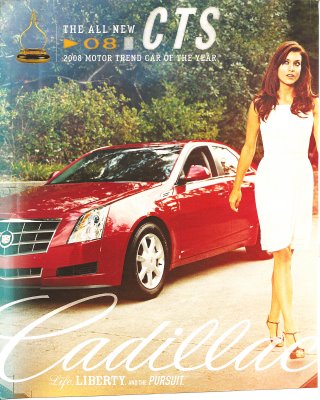
Then I found this one in QVegas, which targets the GLBT community:
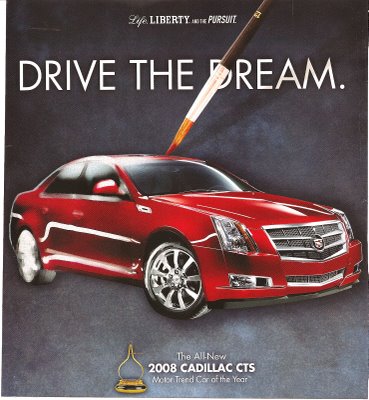
These might be useful for sparking a discussion of how advertisers alter their message based on the desired consumers, and that they know what kind of image will resonate with various demographics. And note that the second ad doesn’t have the menacing tone of the first one. Other examples: here and here.

